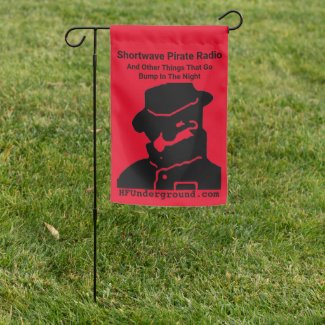https://imgur.com/a/MEWH4wahttps://imgur.com/uITBDpzSure there are simpler curcuits but have been using this and minor variations (far better hald bridge drivers but the IR is fine) for over 10 years with no issues.
200V FETs used here, I do like the 4227's, Low Qg, Low Rds(on) and you can push 1KW+ thru' a pair. If you're only modding 50W then use the T0220 version (vs TO247's)
Nifty circuit, not my design but have added a few features over the years.
Explanation of Operation;
Audio (1V p-p max) is converted into a PWM stream by U2 LTC6992, Q2 acts as invertor as U3 needs + & - PWM signals.
R1 supplies DC to the MOD I/P of Q2 enabling the PWM duty cycle to be set (50%).
Low Power (active High) pull down R3 which reduces the duty cycle enabling low power.
(This is best used with a latch or micro to detect this at startup and ONLY enabling the PWM if it starts up in low power).
Pulling the enable pin low activates U3 driving the half bridge FETs, Q4 & Q5 & also activates the RELAY O/P via Q3. This will connect the 48V to the main supply and isolate it when not enabled.
FUSE Ď48V from PICí with 100mA and the main supply (via relay) with something sensible.
The DC-DC U4 is 600mA O/P, Vin 18-72V for 12V O/P, saves the need for a separate supply for the FET drivers on the RF and any other cicuitry that needs 12V.
Butterworth filter values for L1, L2 etc must be calculated for the impedance of the circuit itís driving and with a sensible LPF action. This just needs to remove the PWM clock (150K - 500K) and has nothing to do with restricting the audio B/W. This MUST be carried out before U2.



